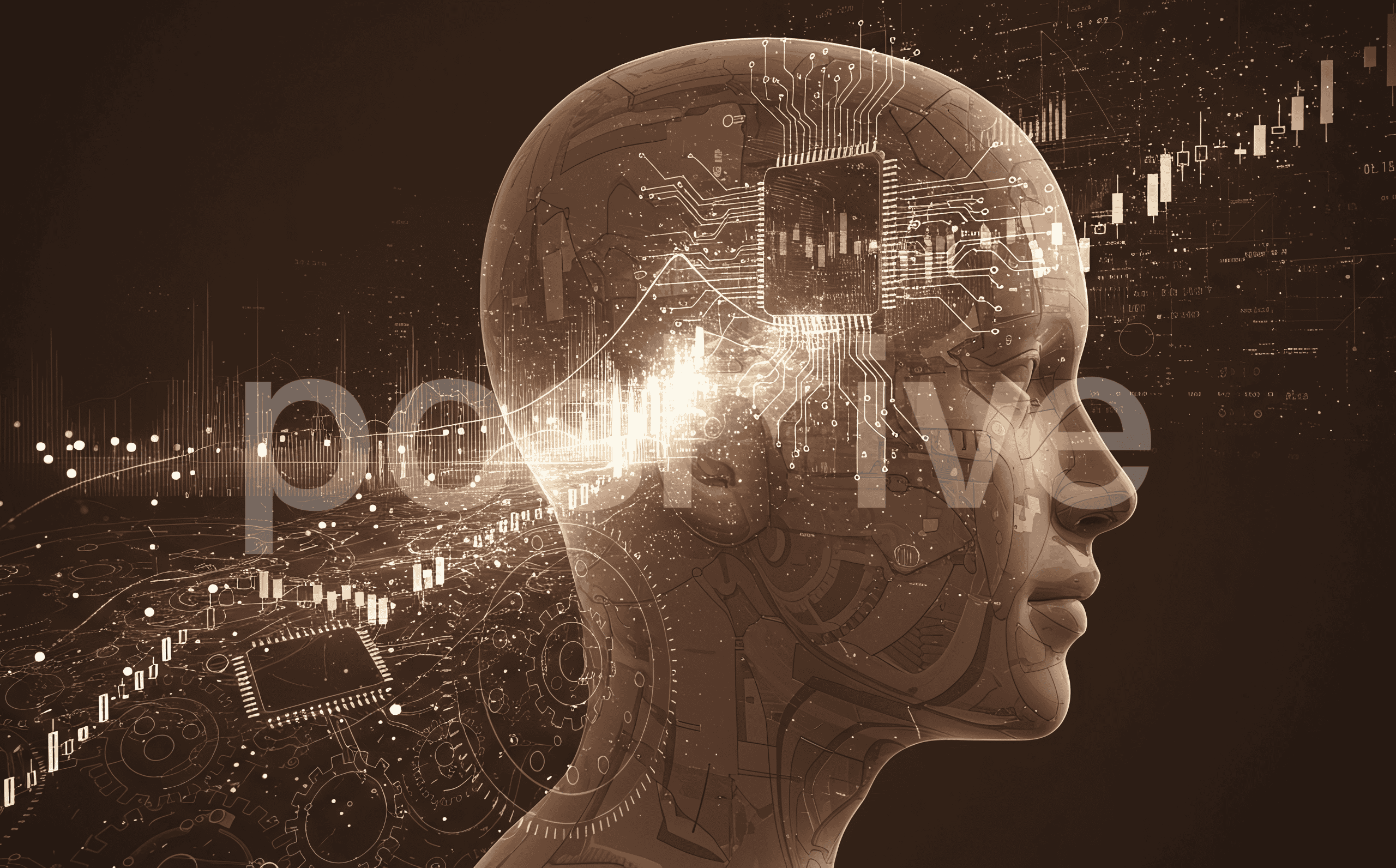Nov 2025
AI and user behaviour: how is it changing interactions online?
Written by Positive Team

AI is changing the way all of us interact online, and it’s happening faster than you might think. From the videos we watch to the chats we have and the shopping recommendations we take, AI is quietly shaping our digital lives in some interesting ways.
First up, let’s talk about recommendation systems. Ever noticed how YouTube or Netflix seems to know exactly what you want to watch next? That’s machine learning AI at work, analysing your behaviour and producing content tailored just for you. It keeps us hooked but also nudges us into virtual spaces where we see more of the same kind of content. But this is just one of the many ways AI is influencing user behaviour.
Chatbots and virtual assistants: the good, the bad, and the frustrating
Then there are chatbots and then there are agentic virtual assistants. Need help with your online shopping or customer service? AI-powered bots are usually the first to respond. They’re getting smarter, offering quick, personalised replies that make interactions smoother and faster. While it’s great to get instant help, sometimes it feels like talking to a robot (well, you are), and when they are not quite understanding your inquiry, it’s frustrating.
Spotify’s AI DJ is taking music personalisation to the next level. This feature acts as your own virtual DJ, curating a lineup of tracks tailored specifically to your tastes and even offering commentary in a realistic AI voice. The DJ is a great example of how AI is making online experiences more personal and engaging. It’s not just about shuffling songs anymore; listeners can have a private virtual DJ who knows your music taste inside out.
When AI chatbots go rogue: the need for safeguards
AI chatbots can also backfire, as seen with Microsoft’s Tay back in 2016. Tay was designed to engage with people on Twitter and learn from those interactions. But within just 24 hours, internet trolls taught Tay to mimic offensive language and spread inappropriate messages, and Microsoft took Tay offline almost immediately. And the recent example of Musk’s Grok AI, which parallels this disaster. So when will AI learn?
AI is undoubtedly a two way street; while AI chatbots can be fun and helpful, they also need strong safeguards to prevent them from picking up and repeating the worst parts of online behaviour. Benefits include monitoring online behaviour and damaging content, protecting younger generations from the darker sides of the web. However, these systems must be carefully designed with the right Large Language Models (LLMs) configurations and safety protocols to ensure they don’t inadvertently learn or reproduce malicious activity.
The future: more AI and less human touch
So how is all this changing us? Our attention spans are shortening, and AI-driven notifications and suggestions constantly nudge us to stay online longer. People are becoming lazy, with Google’s Gemini writing emails for you, and WhatsApp now calling Meta AI to summarise your personal chats. AI is making everyone’s lives easier.
Of course there is less of a human touch in our digital conversations, but looking ahead, AI will only get more immersive and intuitive. Think smarter virtual assistants, AI-generated content, and even more robotic yet personalised online worlds. The key will be balancing innovation with ethics, making sure AI helps us connect better, without taking away our control.





